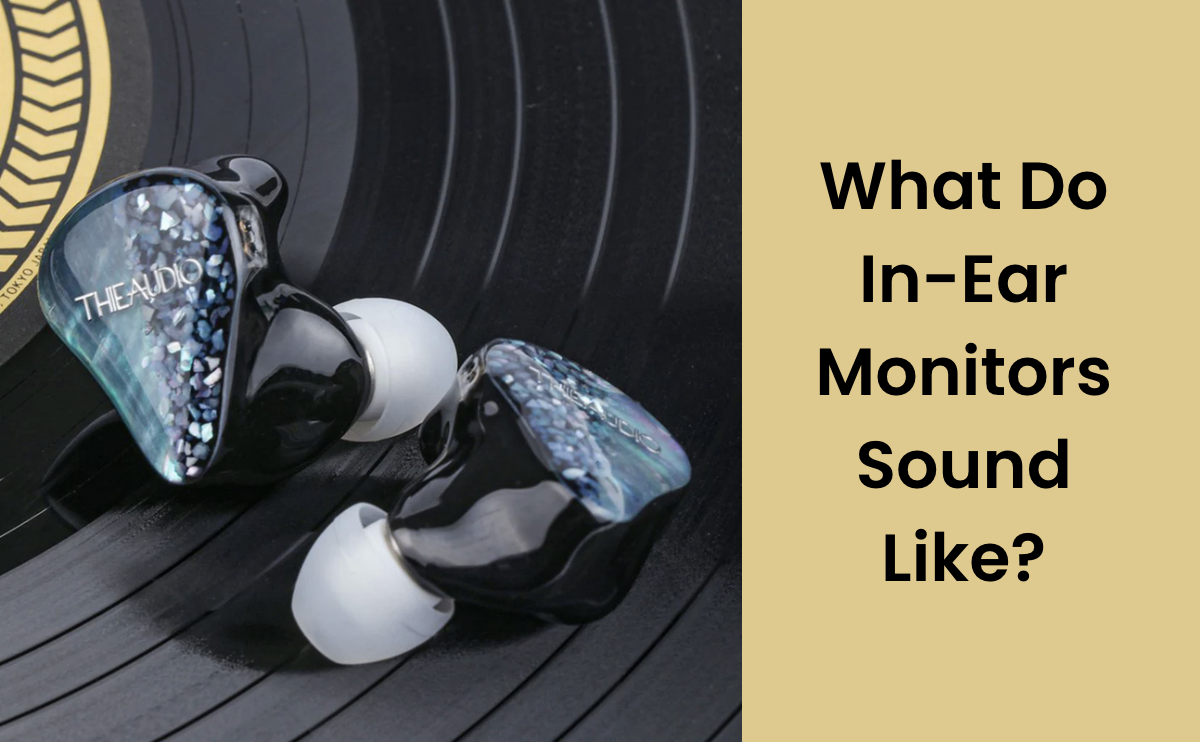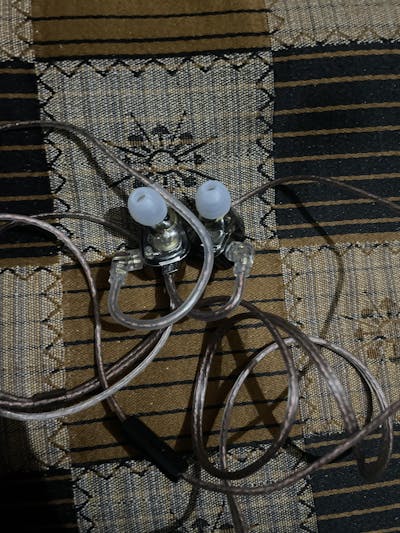If you're a musician or an audiophile, you've likely heard of in-ear monitors (IEMs) before. IEMs are a type of earphones that fit snugly in your ear canal, providing a more immersive and personalized listening experience. But what do in-ear monitors sound like? In this blog post, we'll take a closer look at the sound signature of in-ear monitors and explore what sets them apart from other types of headphones.
Understanding the Sound Signature of In-Ear Monitors
One of the most significant advantages of in-ear monitors is their sound isolation capabilities. Because IEMs fit snugly in your ear canal, they block out a significant amount of external noise, allowing you to hear your music more clearly. However, this also means that the sound signature of in-ear monitors can be quite different from other types of headphones.
So what do in-ear monitors sound like?
Generally speaking, In-ear monitors typically have a more neutral sound signature, with less emphasis on bass and treble frequencies. This is often preferred by audiophiles who want a balanced sound that is true to the original recording. Other types of sound signatures include the bass-heavy sound signature, treble-heavy sound signature, V-shaped sound signature, and U-shaped sound signature, each with their own emphasis on different frequency ranges to suit different music genres and preferences.
The Benefits of Using In-Ear Monitors for Musicians
In-ear monitors are a popular choice among musicians, particularly those who perform on stage. This is because IEMs can help to eliminate feedback issues and provide a more consistent listening experience. Additionally, in-ear monitors can help to protect your hearing by reducing the need for loud stage monitors. But
what do in-ear monitors sound like for musicians?
Because IEMs provide a more accurate and detailed representation of your music, they can help you to fine-tune your performance and improve your overall sound quality.
What to Look for When Choosing In-Ear Monitors
If you're in the market for a new pair of in-ear monitors, there are a few things to keep in mind. Firstly, it's important to consider the fit of the IEMs. A good fit is essential for both sound isolation and sound quality. You should also look for IEMs that come with multiple ear tip options, as this can help you to achieve the best possible fit. Additionally, you may want to consider the sound signature of the IEMs. Do you prefer a more neutral sound, or do you like headphones with a more pronounced bass or treble? Finally, you should also consider the price point of the IEMs, as they can range from budget-friendly to quite expensive.
Conclusion - What Makes In-Ear Monitors Stand Out
In conclusion, what do in-ear monitors sound like? While the sound signature of IEMs can vary depending on the model and manufacturer, they tend to provide a more accurate and neutral listening experience. This makes them an ideal choice for musicians and audiophiles who value accuracy and clarity in their music. Additionally, in-ear monitors provide excellent sound isolation, which can be a significant advantage in noisy environments. If you're in the market for a new pair of headphones, it's worth considering in-ear monitors to take your listening experience to the next level.




















